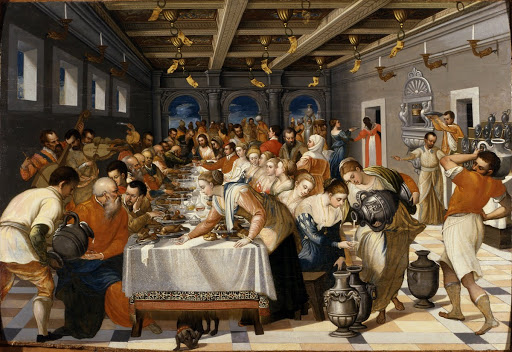
Michael Damaskinos – Cretan Artist
Michael Damaskinos is arguably the most important painter of the Cretan School. He was born in Candia (modern-day Heraklion) around 1540 and practised painting at the School of Agia Katerina of Sinai. At the age of 32, he was working in Venice and came into contact with the contemporary art scene.
After 1584 he returned to Candia and specifically at the monastery of Vrondisi (not far from the village of Zaros). This is also where El Greco stayed for a while and studied at the school of hagiography. While not much is known about his life, his work has been studied extensively. It combines many elements of Byzantine iconography, with techniques of Western painting and Renaissance art and draws heavily from his Greek roots. Damaskinos produced numerous works, which are now scattered in the collections of St George in Venice, the Byzantine Museum at Athens, and the Byzantine collection at the church of Agia Katerina of Sinai (near the cathedral of Agios Minas). This last venue has six of his most important works which once belonged to the Monastery of Vrondisi. Unfortunately, because the church has been recently renovated, it is open to visitors only on the saint’s name day, which is on the 25th of November. The monastery and chapel of Agioi Deka nearby are worth visiting if you get the chance since they house important and stunning exhibits from Damaskinos and other painters. The church is located in the centre of Heraklion in the square of the same name.
Just like his contemporary, El Greco, Damaskinos was heavily influenced by Renaissance artists such as Tintoretto and Paolo Veronese. A lot of his paintings are characterized by a reddish hue that he preferred. Damaskinos is remembered as one of the greatest painters of the Cretan School, which was distinguished from other Byzantine schools of the time stylistically. Other artists that put the Cretan School on the map during that time, apart from Damaskinos, were El Greco, Theophanis Strelitzas, and Georgios Klontzas. Fortunately, both Damaskinos and most other artists of the Cretan School had the practice of signing their work, which was not common in Byzantine iconography at the time.